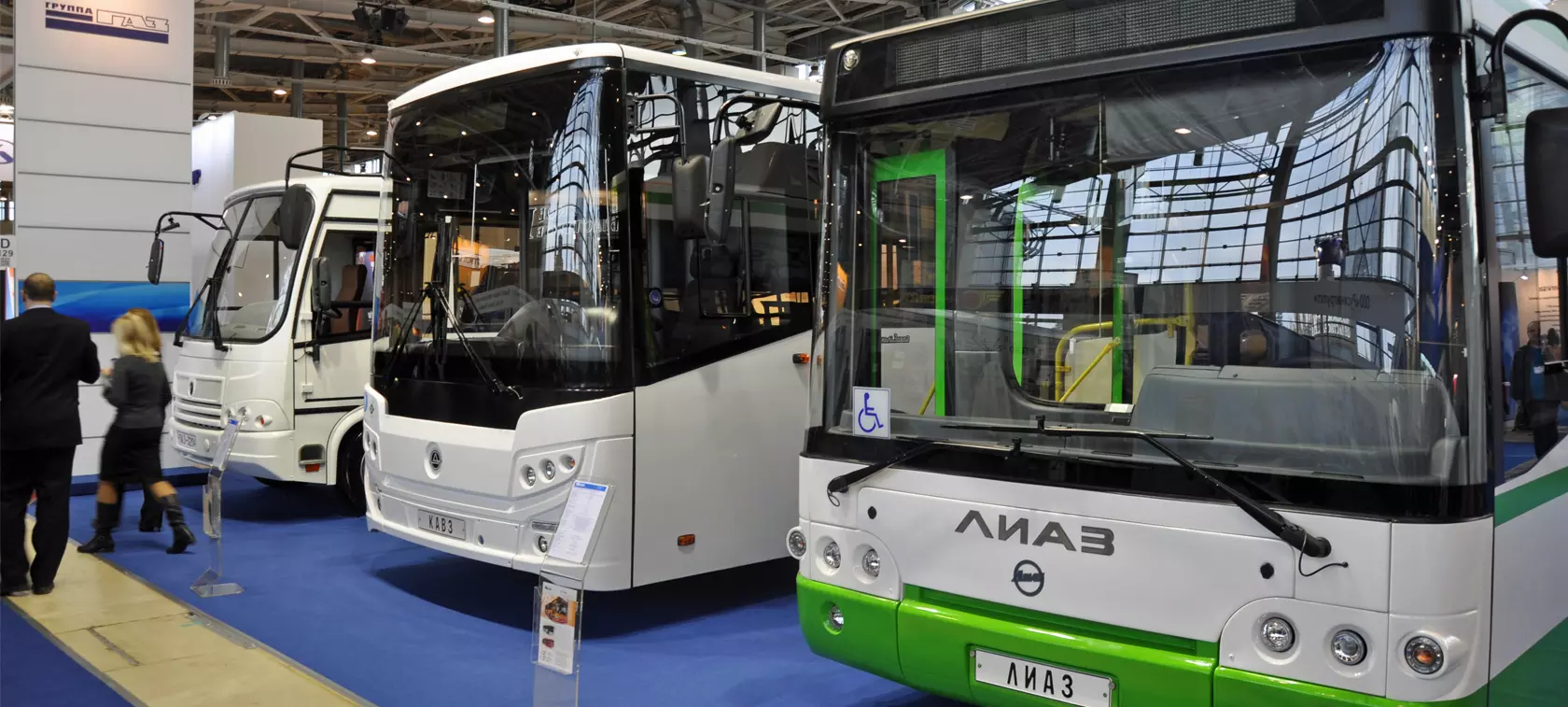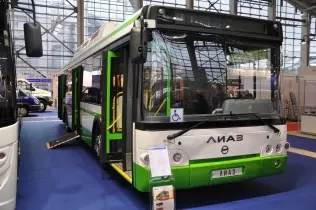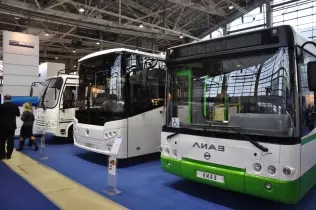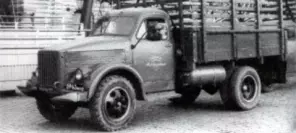- Main page
- Search
- Up to date
- Products
- Technology
- Vehicles
- Video
- Conversion Payback Simulator
Port Injection - Conversion Payback Simulator
Direct Injection - Conversion Payback Simulator
Diesel - Newsletter
 loading results...
loading results... © gazeo.com
© gazeo.com In accordance with the Russian government's policy, CNG as motor fuel is on the rise in the country. The number of NGVs on the roads, though still not impressive, confirms this – while there were 85 thousand of them in 2013, there are 90 thousand in 2014 already, before they year's end. Efforts are also made to develop refueling infrastructure, with the number of stations having risen from 247 in 2012 to 252 today. That's still few and far between for a country as big as Russia, but the authorities in Moscow are determined to deploy more and more NGVs in road transport. By the year 2030 the number of NGVs is expected to rise 25 times, while the number of CNG refueling stations – 17-fold. Interestingly, in Russia – as opposed to th European Union – natural gas is promoted primarily as a fuel with potential for lowering the running costs of vehicles, not cutting down their emissions levels.
The GAZ Group remains the leader among Russian utility vehicle manufacturers. All sorts of vehicles are offered across the Group's brands, ranging from light delivery trucks, to medium-duty distribution trucks, to buses. In 2005 the GAZ Group was the first manufacturer in the country to introduce CNG buses for public transport. Since then the company has gained certain expertise and broadened its NGV range. The outcome includes CNG buses presented during the GasSuf fair in Moscow. One of them was the low-floor LiAZ 529271 city bus, designed for use on lines with heavy passenger traffic. It features a Euro 5-compliant MAN gas engine and 9 steel CNG tanks on the roof (102 l gross capacity each).
Another city bus presented in Moscow was the KAvZ 4270. It's equipped with a Euro 5 Cummins engine and 6 steel CNG bottles on the roof with a collective gross capacity of 665 l, which suffices to ensure a 475 km range. The smallest bus in GAZ Group's line-up is the PAZ 320412, which can transport 60 passengers. It too features the Euro 5 Cummins engine, but its CNG tanks (422 l of gross capacity) have been fitted under the floor.
The term "bus” could also be applied to a peculiar vehicle shown at the KamAZ Group stand – the NefAZ 4208-10-41, based on KamAZ 6x6 chassis (three axles and all-wheel drive). It seems perfectly fit for transporting people in extreme conditions, e. g. Siberian wilderness. Lack of paved roads and bridges means only simple, rugged vehicles can do the job in remote regions of the country. The vehicle, which is said to work efficiently in the temperature range of -45 to 40° C, uses a Euro 4-compliant KamAZ 820.60-260 turbocharged engine with an output of 260 PS. The CNG system features 9 steel tanks behind the cabin (80 l gross capacity each) and 7 more tanks (100 l each) on the sides (4 on the left and 3 on the right). The tanks' overall gross capacity is 1420 l.
The vehicle's primary advantages are lower fuel costs compared to diesel (2,5 times) and remarkably lower exhaust gas emissions (2 to 5 times). KamAZ has to date sold over 1000 such buses.
According to information coming from the Kremlin, Russian NGVs will be heavily promoted in their home market, so that the range of available vehicles should grow and the running costs of road transport will drop. Obviously, foreign manufacturers are also present in Russia and do what they might to secure pieces of the vast market to themselves, but the local government's policy is supposed to strengthen the position of local brands.
You may also find these interesting:
 loading results...
loading results...










